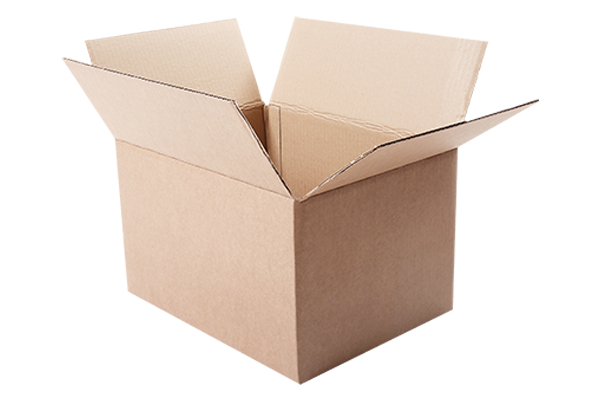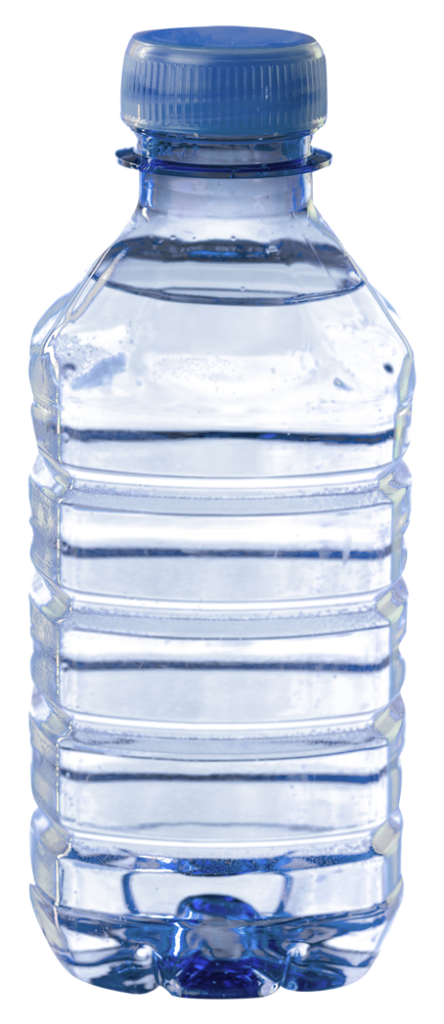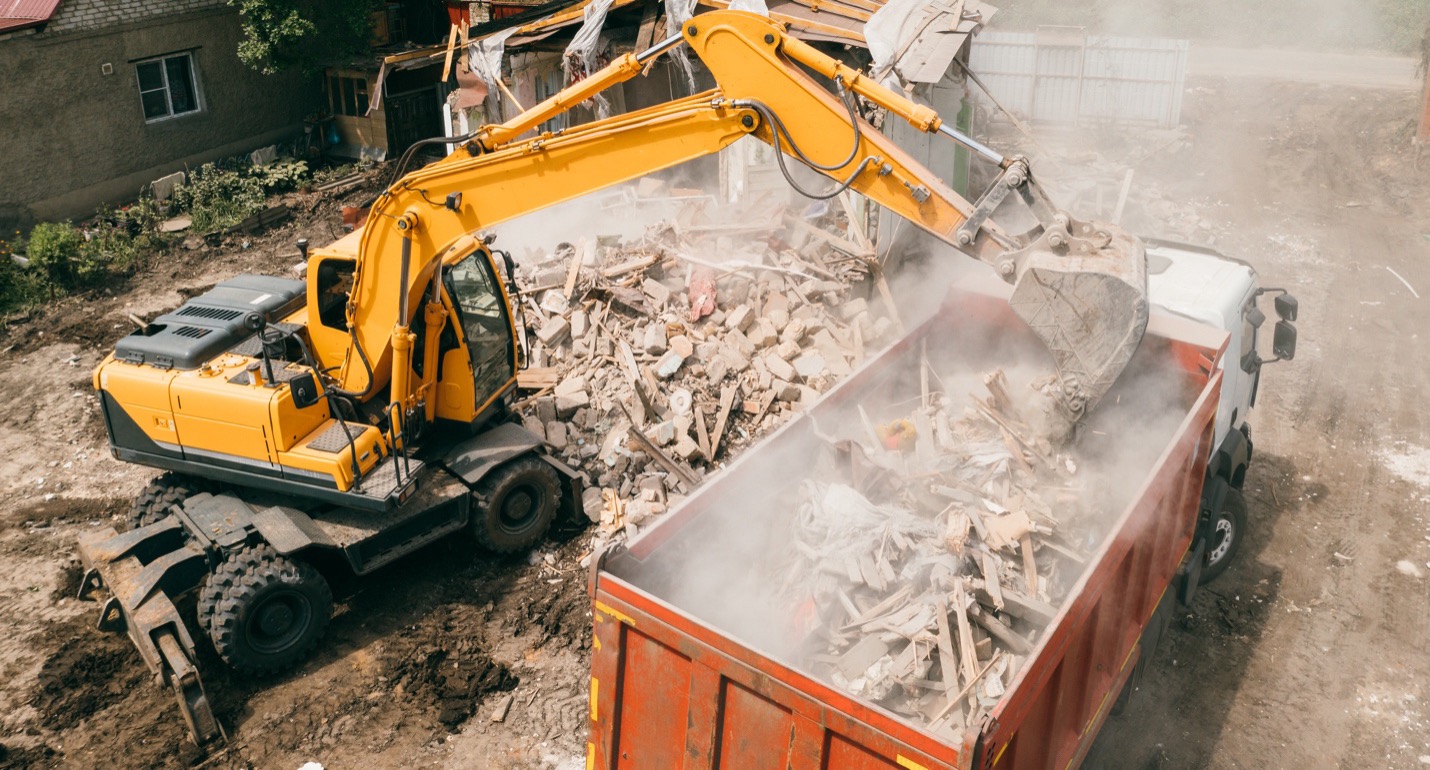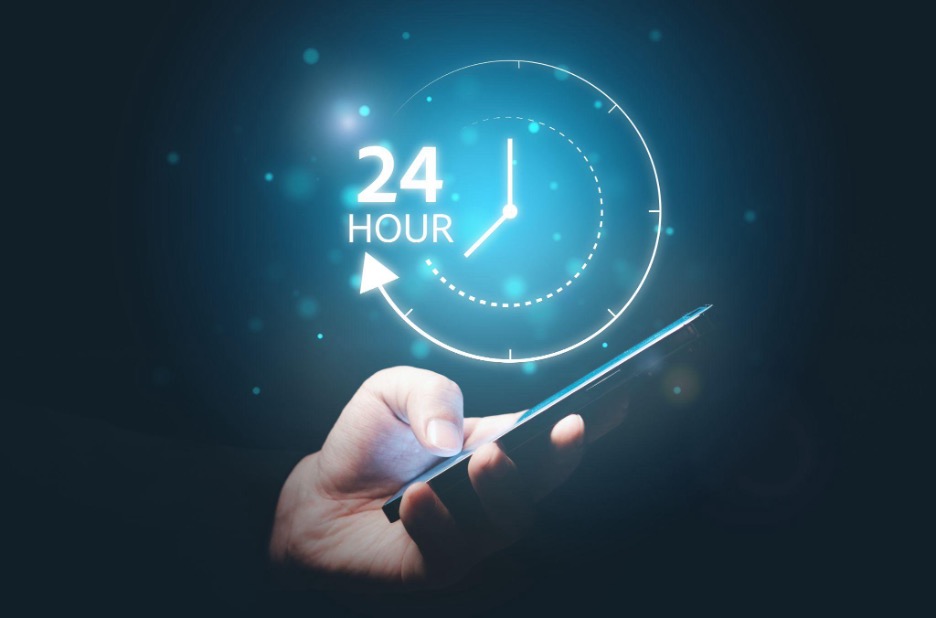HOW DOES TRASH END UP IN LANDFILLS, ANYWAY?
The “stuff” that ends up in landfills is called Municipal Solid Waste (MSW). It consists of everything that has been thrown away in a trash bin. In the early 1960’s communities were already wrestling with the inevitable overflow of trash in landfills and the need to continually expand the amount of land dedicated just to piles of waste. Although recycling was considered to be a potential solution, to make that a convenient option, curbside recycling programs needed to be developed. With a recycle rate of about 6% in 1960, and growth of curbside recycling, the recycle rate has grown to about 32% today. However, potentially nearly 100% of waste is recyclable. A significant part of the shortfall is due to the fact that consumers, businesses and manufacturers don’t understand how to “close the circle” in the circular economy. This means that a portion of the recyclable material, incorrectly sorted or prepared ends up in the landfill anyway. Plastics are especially confusing, since manufactured plastic items must carry a “resin code” and most consumers have no idea what that means or if it’s even recyclable. Food waste is another big component of landfills, but there is no national mechanism to direct food waste to a compost digester. In short, even though consumers support recycle programs, and understand the positive aspects of such programs, there has not been a concerted large-scale push to educate and support communities that would like to recycle more.
WHAT DOES 100% RECYCLED LOOK LIKE?
If we take a look at an idealized future with full recycling, then the 37.4 million tons of single-family recyclables produced yearly would be put back into productive use. Greenhouse gas emissions would be reduced by 96 million tons of CO2 equivalent. We would also conserve 154 million barrels of oil and reduce the environmental effects caused by the equivalent of 20 million cars annually, based on EPA environmental modelling. In addition to the effects of an improved environment another 370,000 full time equivalent (FTE) jobs would be created.
THE HURDLES
To fix any problem requires an understanding of how a system works and identify the shortfalls and how to address them. The US has developed a National Recycling Strategy to address the issues around recycling with the goal of increasing the rate to 50% by 2030. They have identified five strategic objectives to pursue.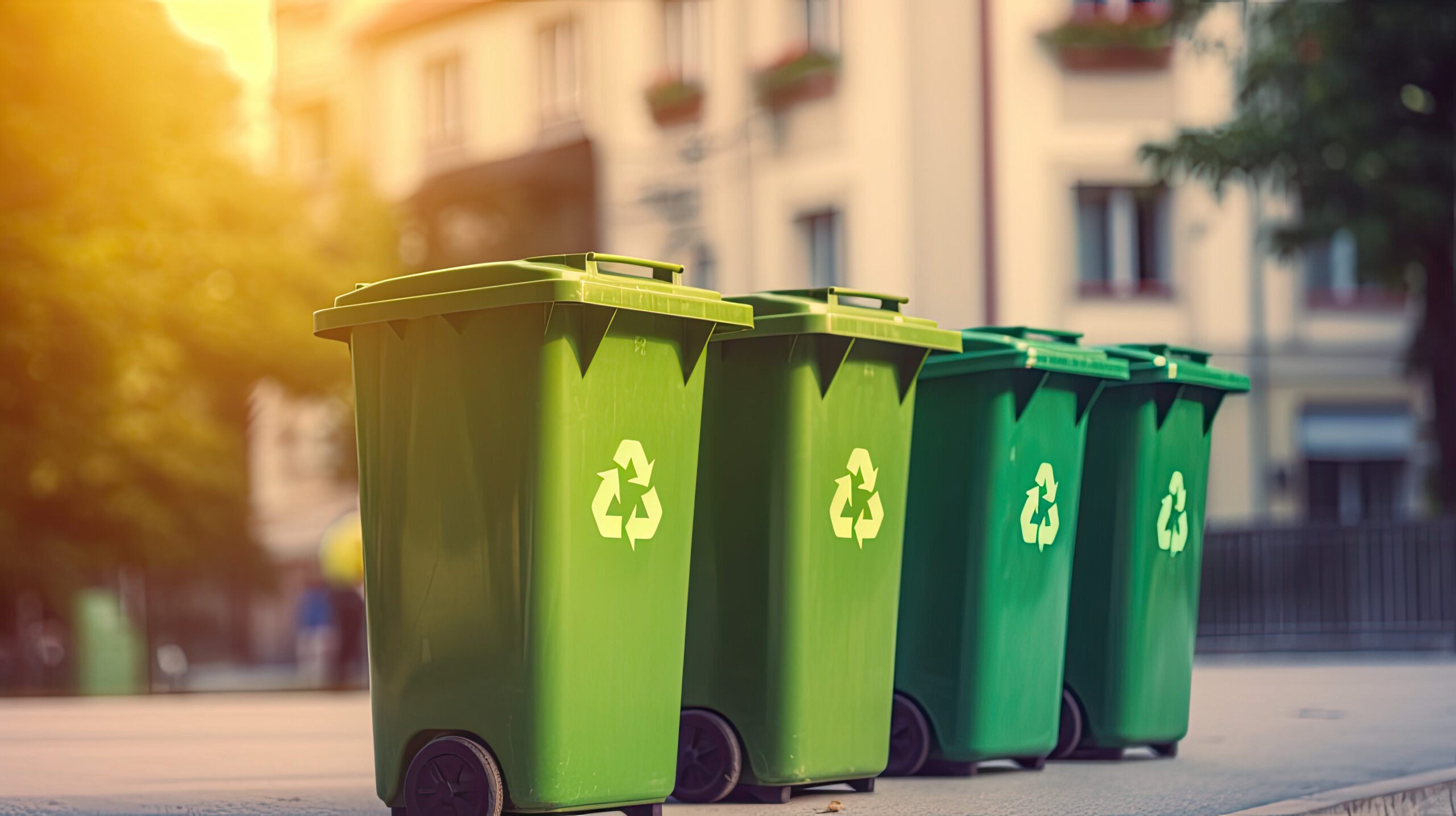
- Improve Markets for Recycling Commodities.
Commodity pricing does not always encourage recycling. In order to make recycling more desirable, they will need to encourage the demand for recyclable raw stock.
- Increase Collection and Improve Materials Management Infrastructure.
There are multiple waste generation sites including, single family homes, apartments, grocery stores, construction sites, and farms, just to name a few. Not all of these have infrastructure in place to support recycling.
- Reduce Contamination in the Recycled Materials Stream.
Companies that take in MSW and prepare it to be sold on the commodities market find that the origin material is often contaminated with trash rather than recyclables. A smarter collection system has to be put into place so that recyclables don’t end up going into the trash bin and vice versa.
- Enhance Policies to Support Recycling.
On a national scale there has to be support for packaging redesign, proper labeling of containers that are truly biodegradable, and how to treat them so they will degrade properly. Similarly, not all plastics can be recycled despite them having the “chasing arrows” logo embossed on their surface. This leads to confusion especially for consumers.
- Standardize Measurement and Increase Data Collection.
To know that we are advancing toward the national goals, there must be regular measurement and it must use a consistent standard for measurement.
THE WAY THINGS ARE - TODAY
PLASTICS – This is truly the most problematic of the recycling materials. Not only is it poorly recycled (at a rate of only 5-6% of the waste generated). It lasts for hundreds of years in the environment. Furthermore, since there are seven different resin classifications and they all use the triangular “chasing arrows” symbol, consumers are led to believe they should go in the recycle bin. Unfortunately this effectively contaminates the mixed recycling bin, unless your municipality specifically has a means to handle all of the resin types. Changing the markings and encouraging packaging manufacturers to use recyclable plastics will help. But this system in particular needs a major overhaul.
PAPER – On the “good news” side of the ledger, paper happens to be one of the most-recycled material in the circular economy. In 2021 paper had a 68% recycle rate and corrugated cardboard had a recycle rate of over 90%. Paper is easy to recycle and it saves trees which helps with carbon sequestration.
ALUMINUM – This metal is so energy intensive to excavate and process from the raw ore that it is a highly desirable commodity. It recycles very easily and currently represents only about 1% of the total waste stream.
GLASS – It is cheaper to make glass products out of recycled materials than virgin raw materials. On top of that, glass is infinitely recyclable with no degradation after multiple cycles. On the downside, of all the bottles tossed into trash bins, only about 30% end up getting recycled. Also glass for bottles is not interchangeable with glass for drinking glasses or window panes.
FOOD – On a global scale about 40% of food is wasted. It is lost on farms, or missing a distribution network, or an economical way to get it to people who need it.
OTHER – Construction waste, e-waste, concrete, window glass, metals, tires, batteries. Policies need to be developed.
HEADING TO 2050
Landfills should be the repository of last resort. This is the mantra at Evergreen Recycling where our primary objective is to help our clients meet their goals for recycling, while reducing the use of landfills. The National Recycling Strategy fits perfectly with our corporate goals and we’ll work closely with you to get the most out of your recycling objectives
To learn more about Evergreen Recycling and their recycling and waste management programs visit their web site at: Evergreen Web Site
You can also reach out to them directly through this contact link: Contact Evergreen or give them a call at (817) 293-4400

